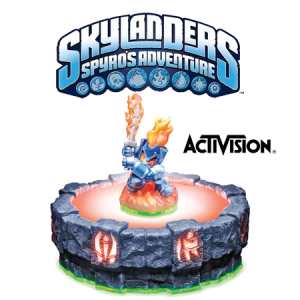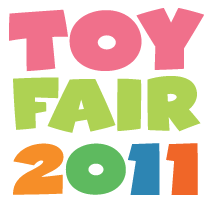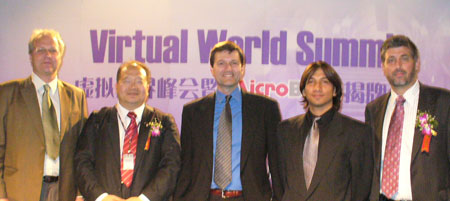ShadyLogic will be presenting the Wizards of Kid (The Alchemy of transforming Kid´s Movies, TV and Toys into Online Worlds at Engage at the Toy Fair 2011.
 It has been a busy year, and we have had a lot of fun helping Activision design and develop a web world that is integral to the Skylanders hybrid Toy and Video Game launch. Skylanders will mark a lot of firsts as a hybrid product and it will be quite an impact when we hit the market.
It has been a busy year, and we have had a lot of fun helping Activision design and develop a web world that is integral to the Skylanders hybrid Toy and Video Game launch. Skylanders will mark a lot of firsts as a hybrid product and it will be quite an impact when we hit the market.
As a little excerpt from the Wizards of Kid panel:
Kid’s IP has exploded into online worlds and the convergence is transforming kids products and entertainment. Extending a Kid’s IP from screen or toy to online worlds takes a lot of insight a fair bit of magic. We bring together a eclectic group of the top wizards from Disney, Mattel, Hasbro, National Geographic and Cartoon Network to show us how they weave new worlds with existing IP. This panel of creative executives with deep background in production, technology, creative and online branding explore the process and challenges of bringing kids brands online.
We have great panel and it should be a lot of fun.
Contact us if you would like to chat at Toy Fair!








